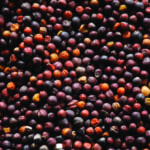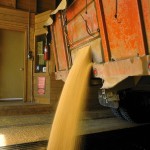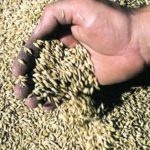A year ago, in an attempt to outsource the first column of 2018, written to meet a pre-Christmas deadline, I turned to computer algorithms for insight. The results were poetic, but largely indecipherable. The point then was that as much as technology can provide benefits, it still takes human knowledge to make sense of the
















